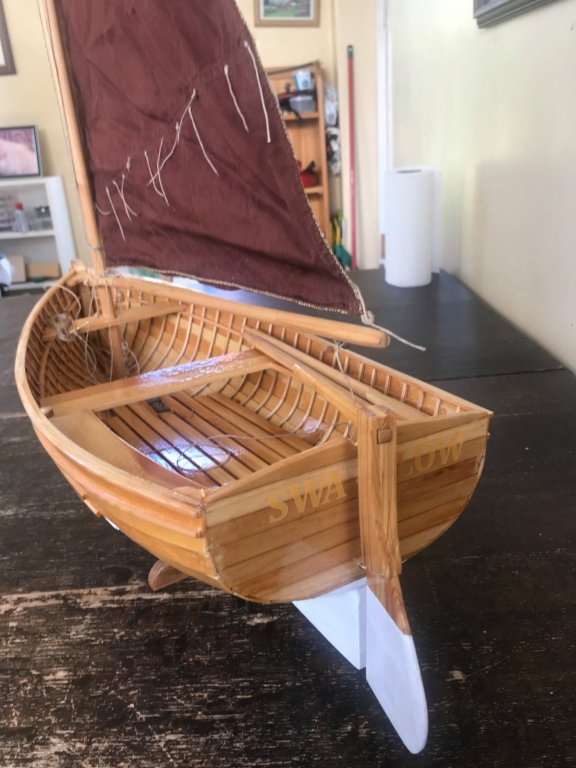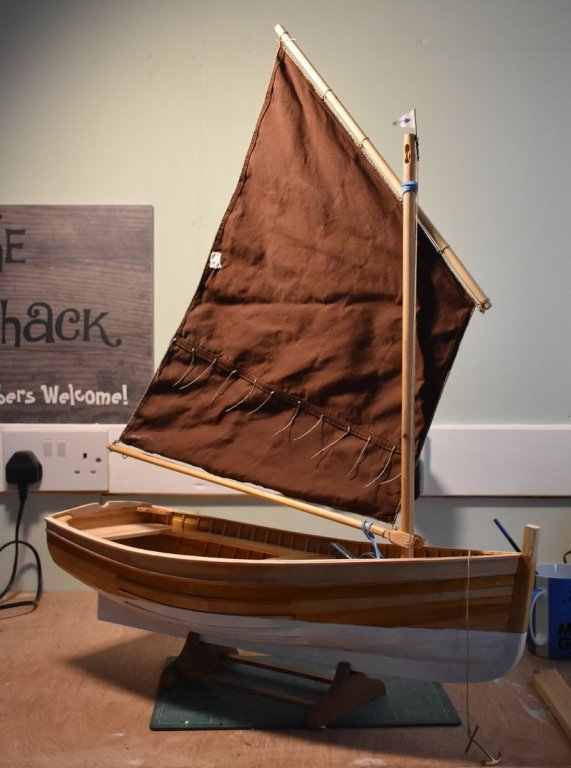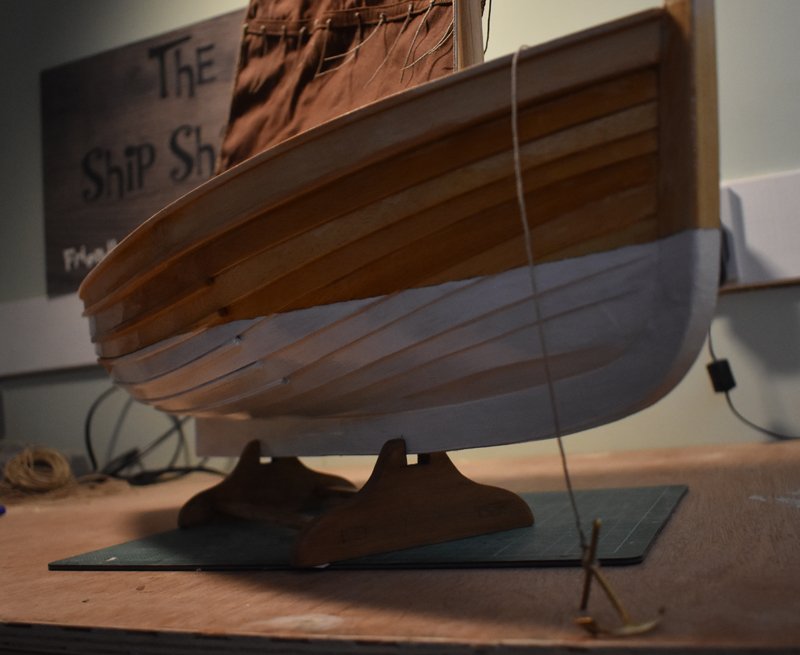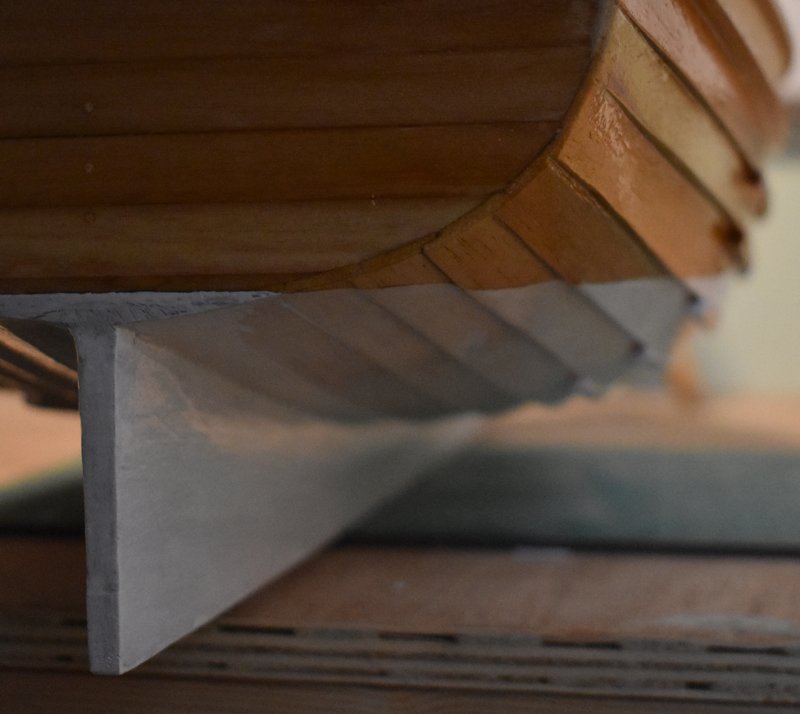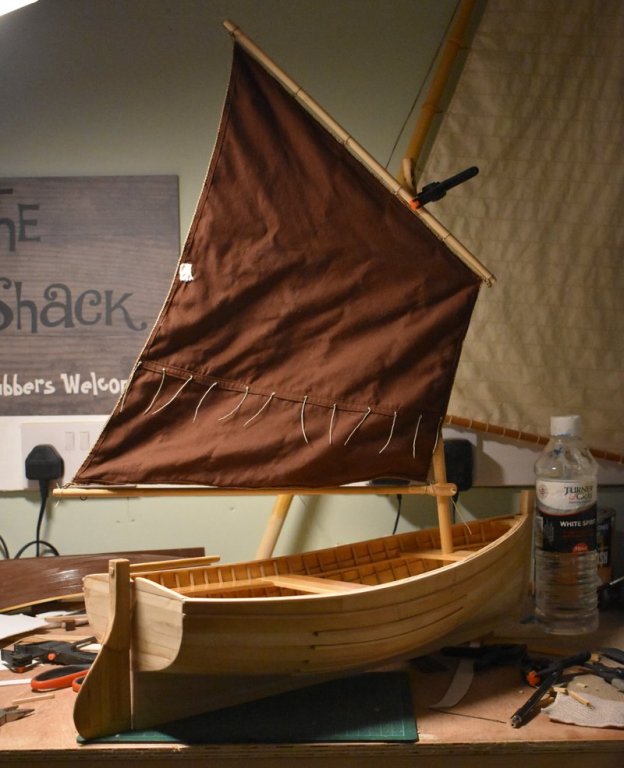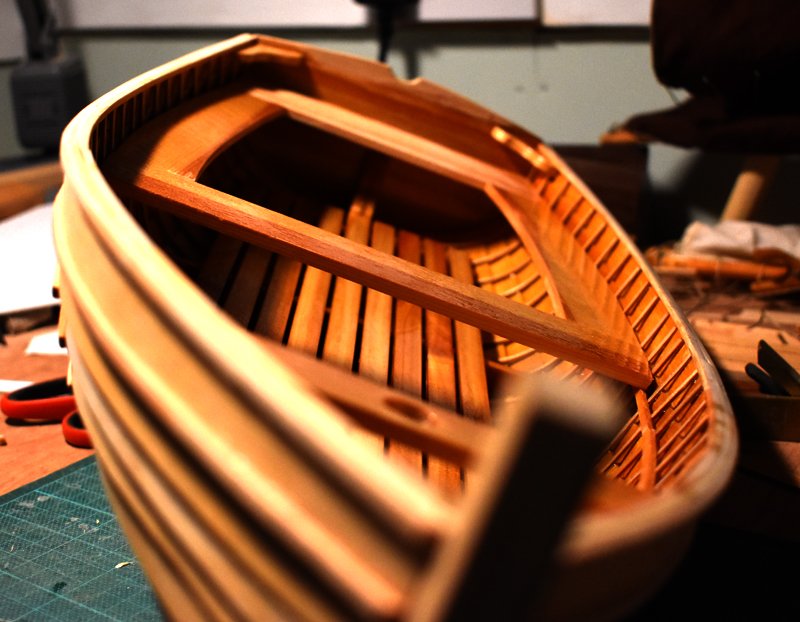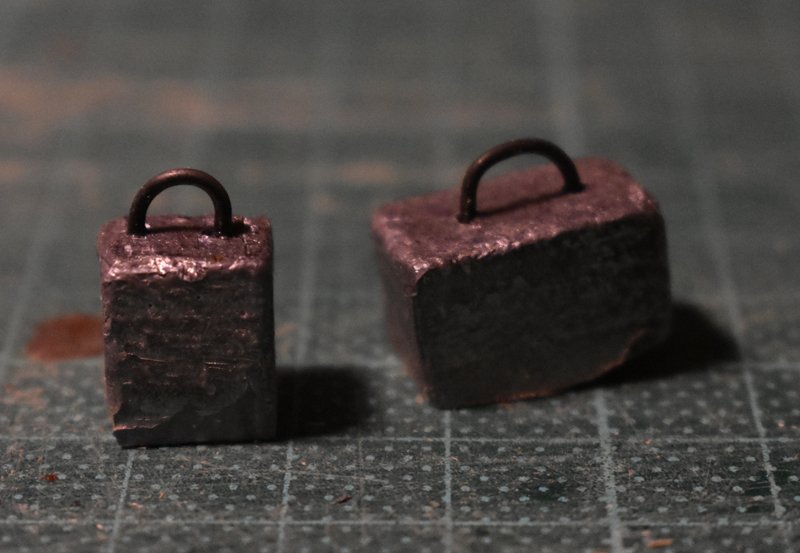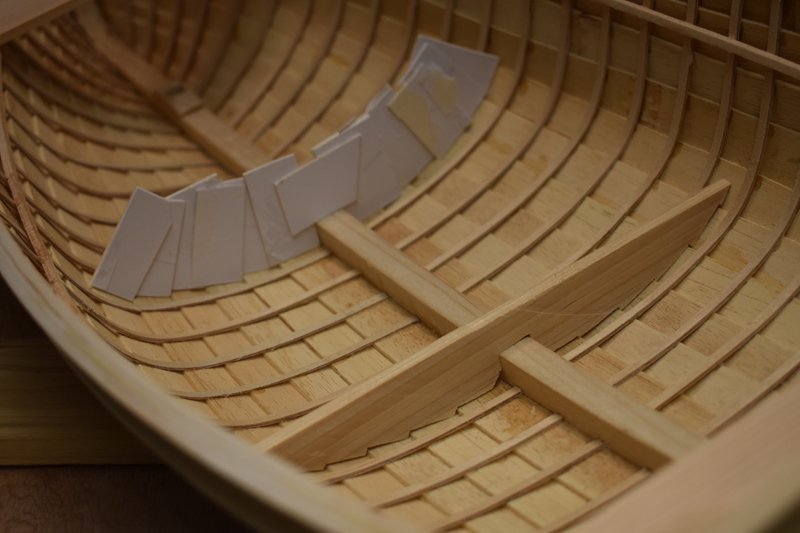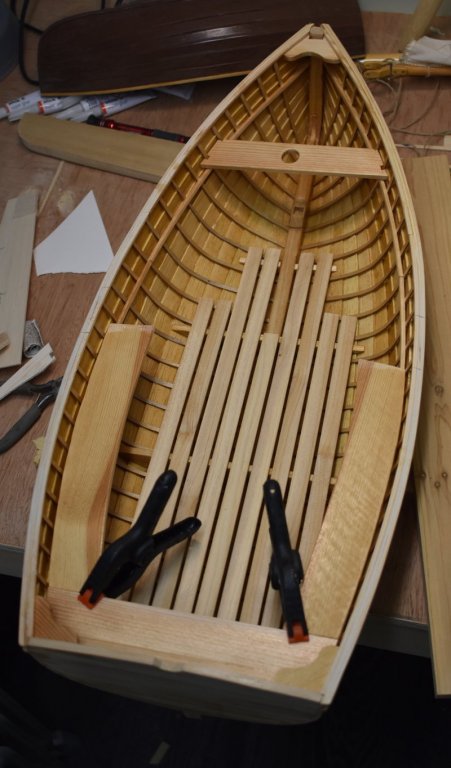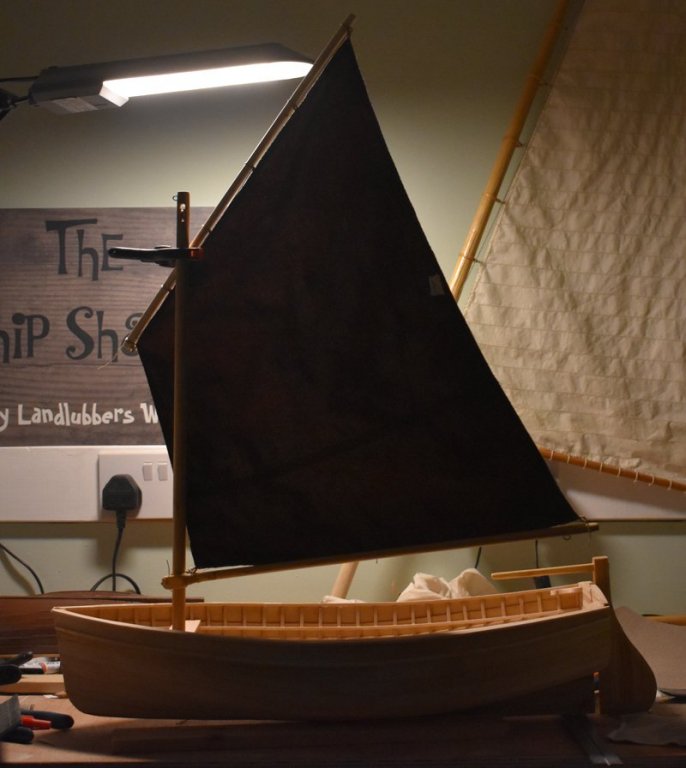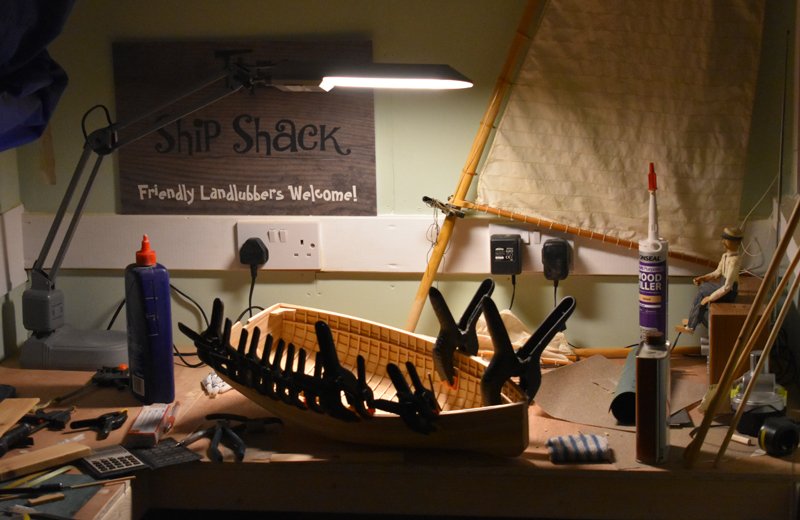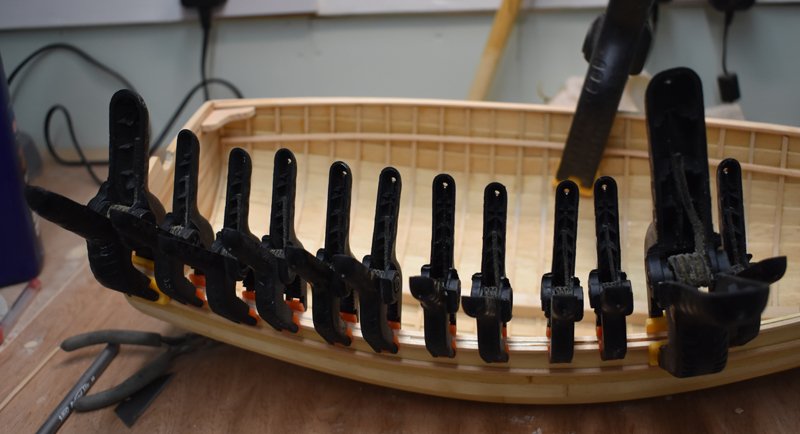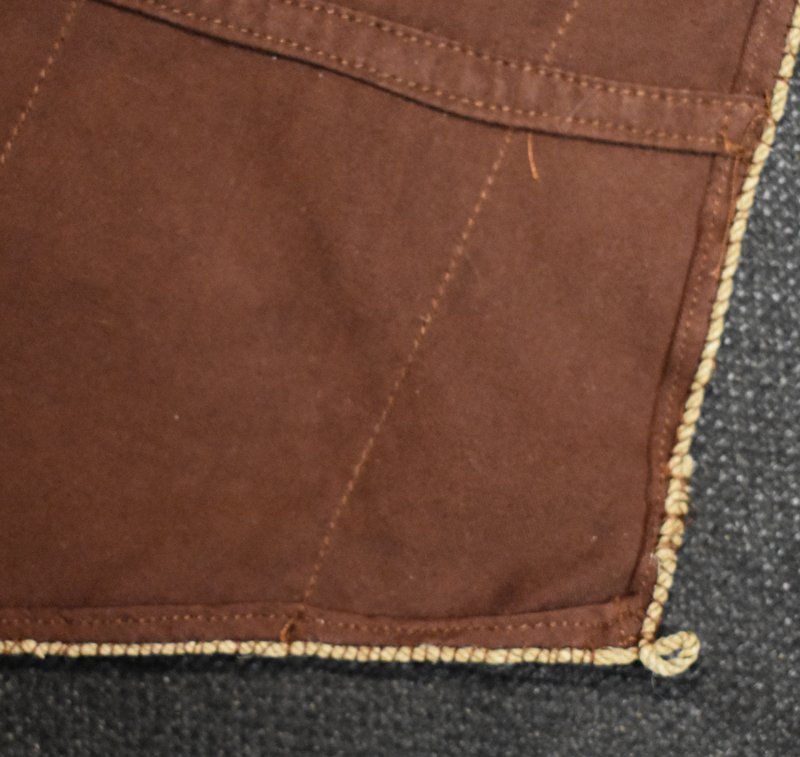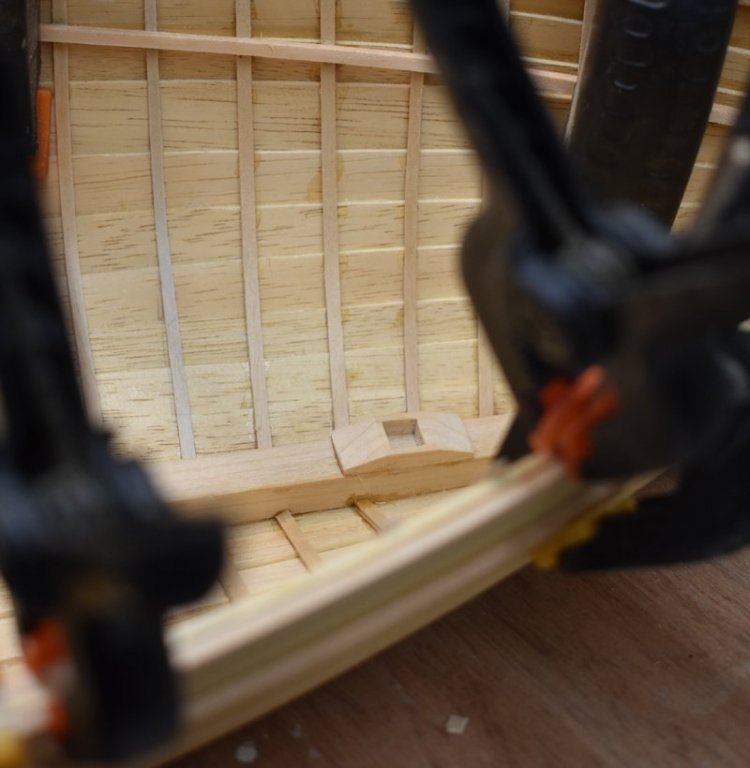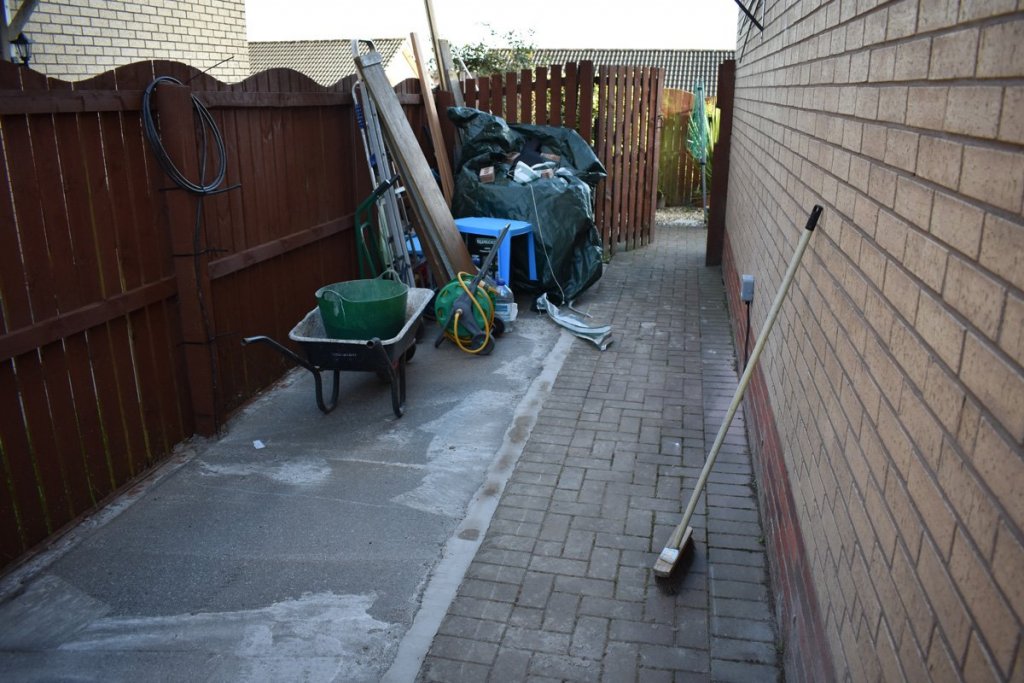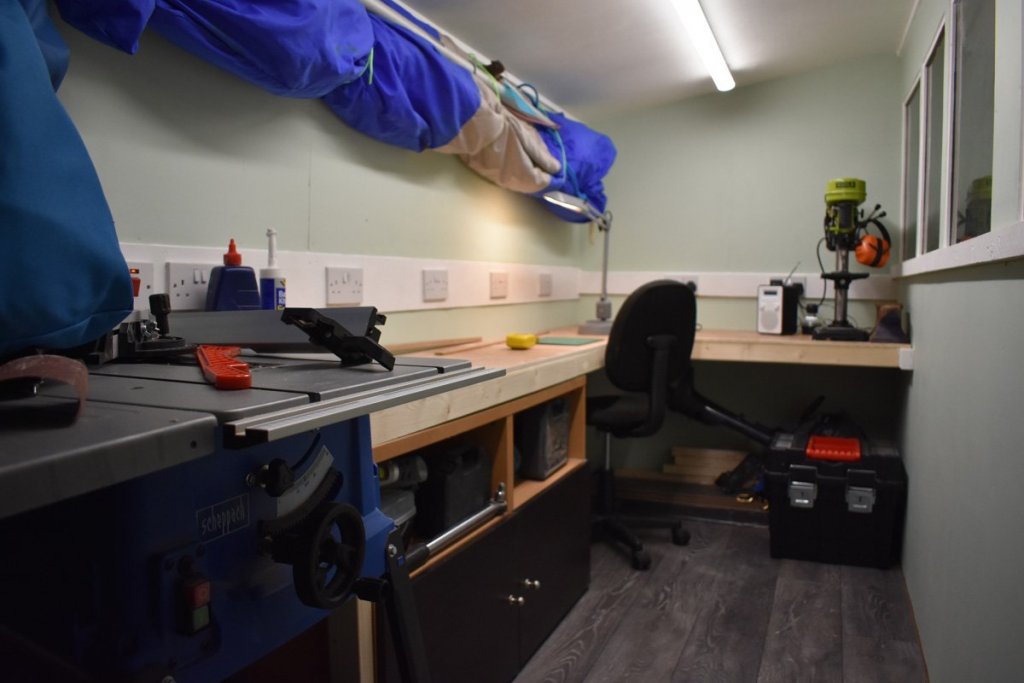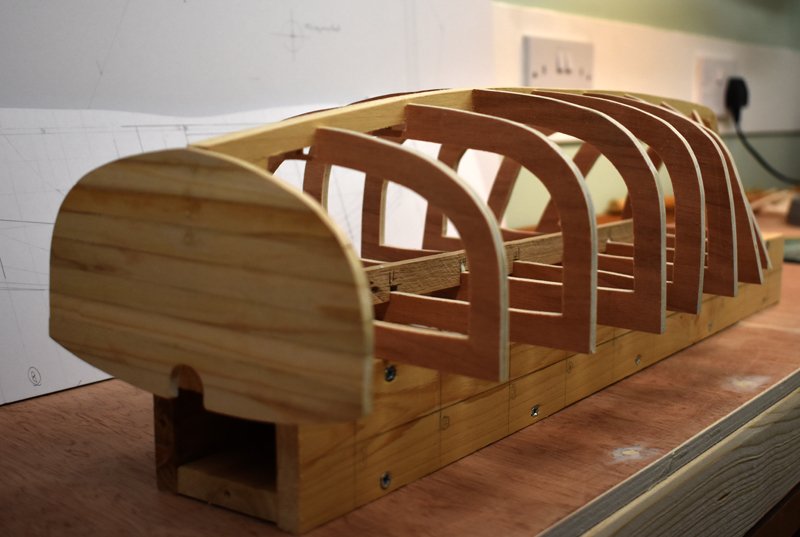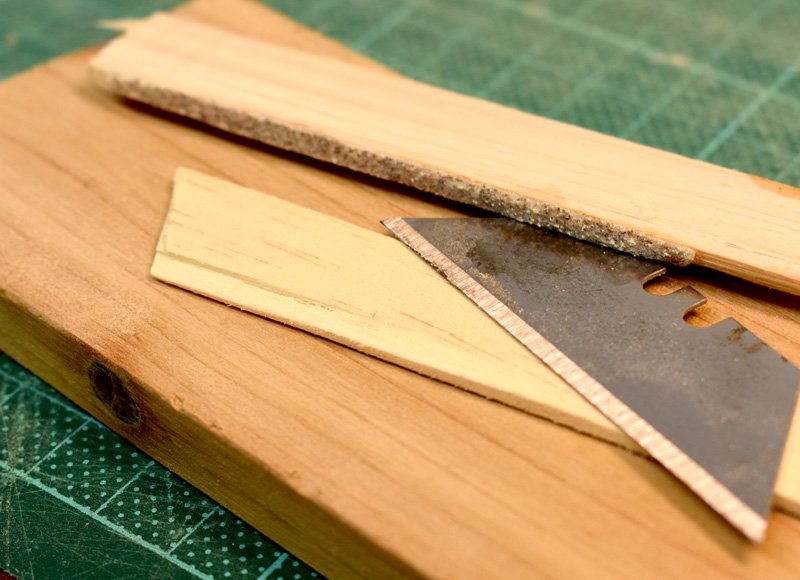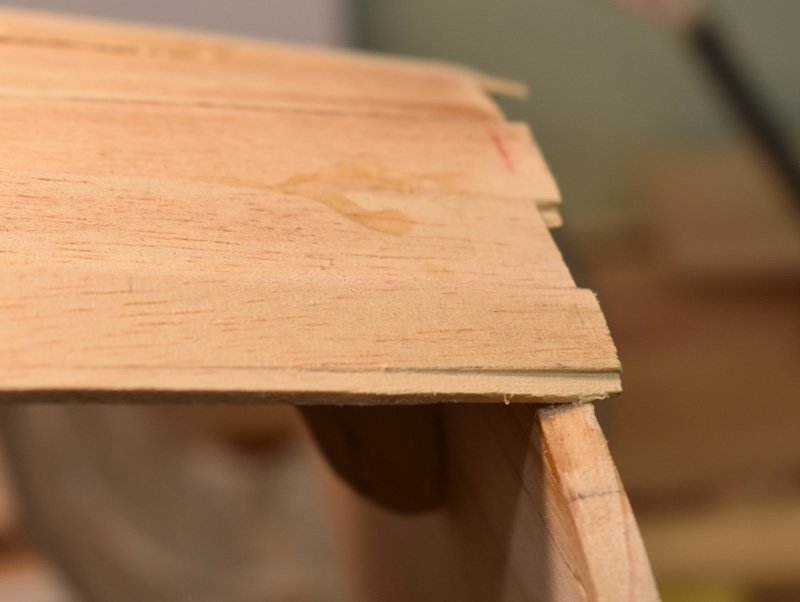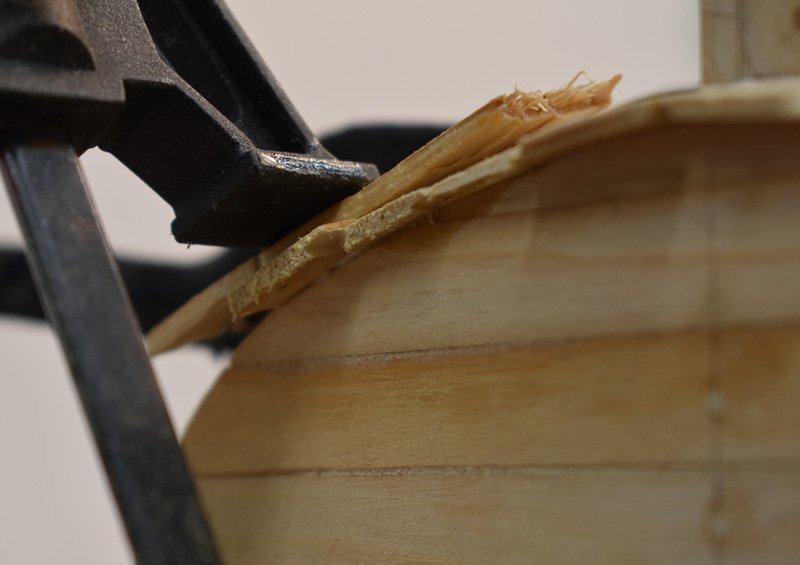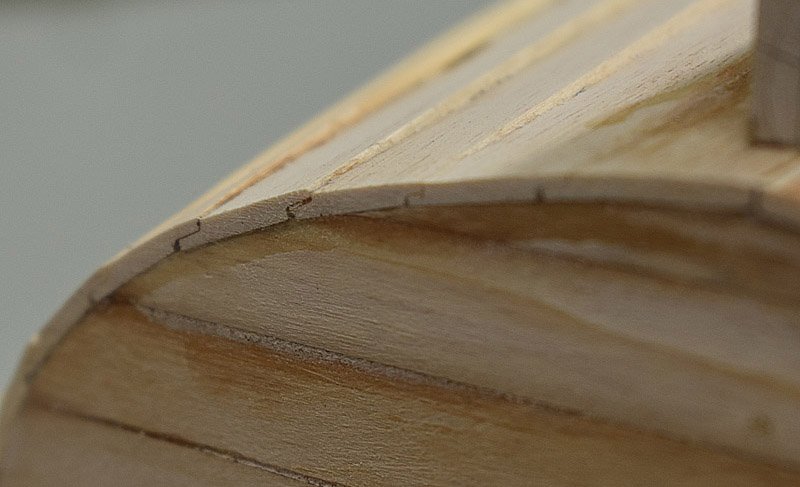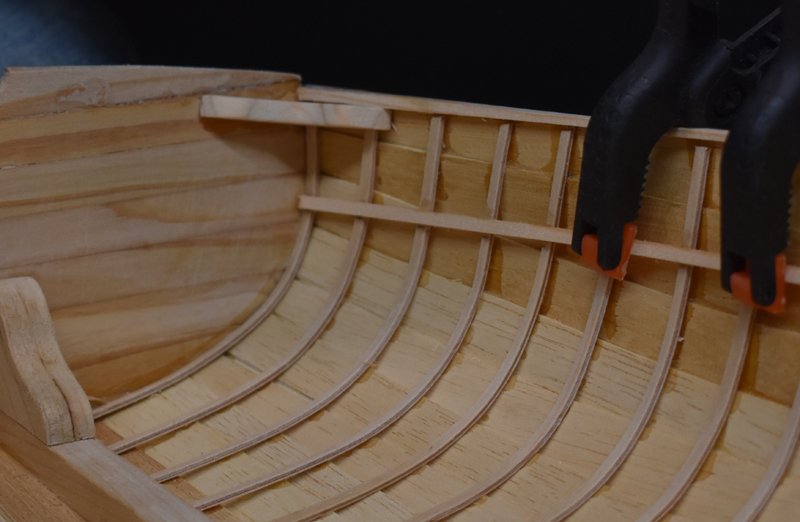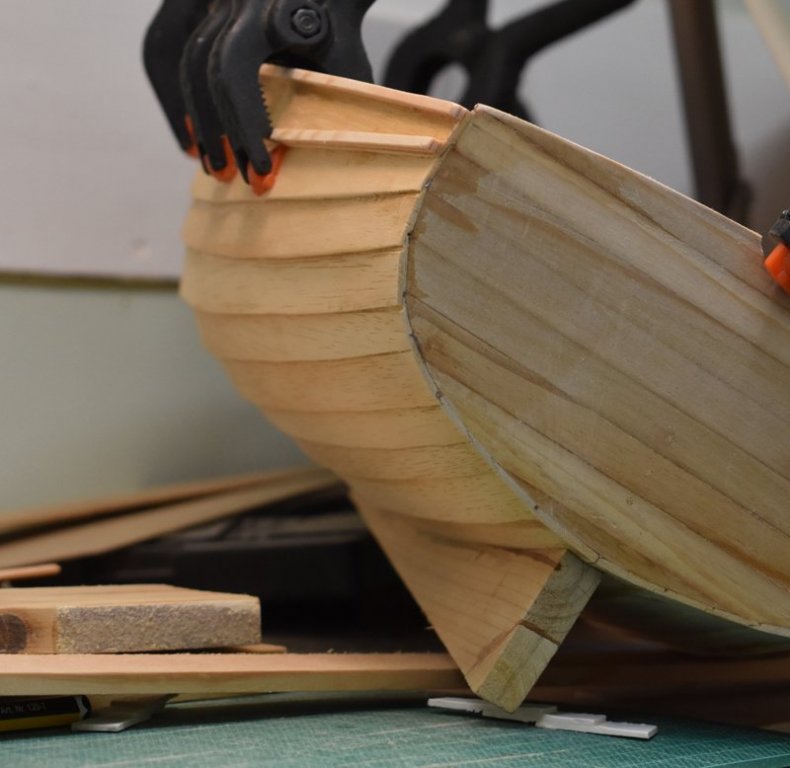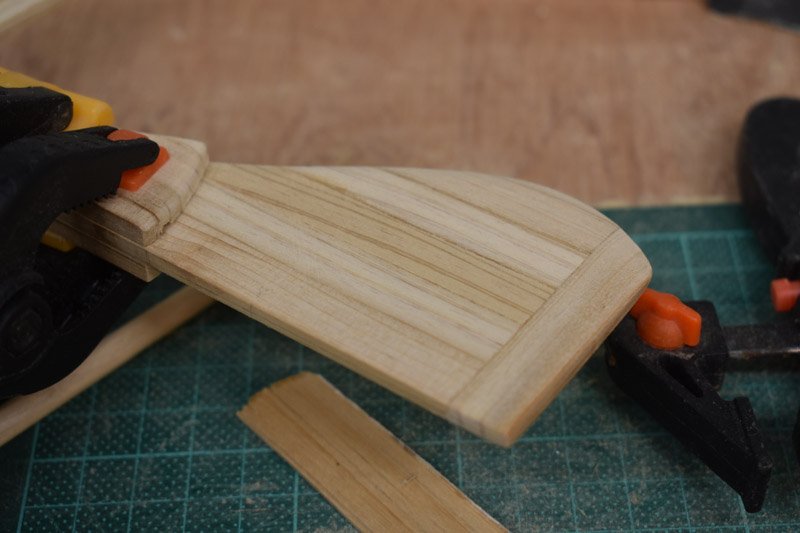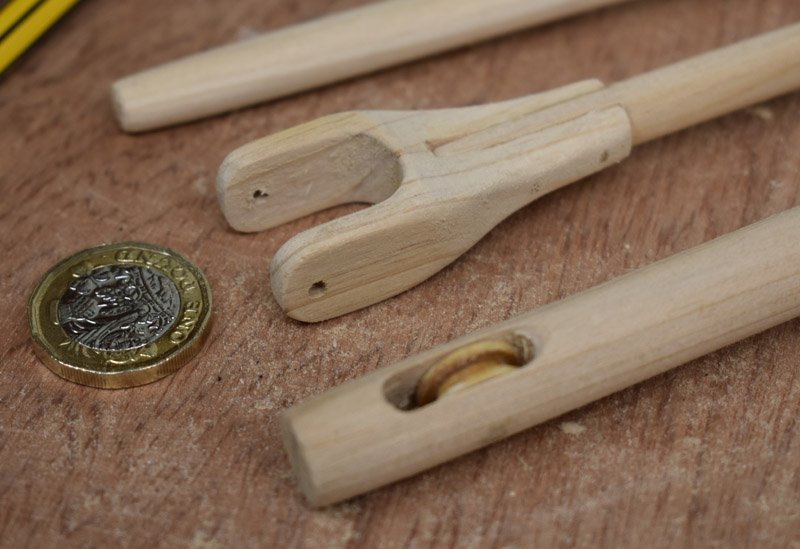-
Posts
35 -
Joined
-
Last visited
Content Type
Profiles
Forums
Gallery
Events
Everything posted by AndyG
-
This is really lovely! And she'll come even more alive as you start fitting her out, internally. Andy
-
And ... She made it ok! The new owner is a gentleman in his 90s, who 'always wanted' a model of Swallow having read the books pretty much when they first came out. He loves it: I'm so pleased!
-
And now the sad news! After blocks and ropework were added, I boxed up Swallow (with a mountain of bubblewrap) and posted her to her new owner this morning. According to the tracking app, she's currently halfway to her new home in Suffolk. I have to say I'm surprised how much I miss her! ...I may have to make one for myself in the future, if only to fill the dinghy-shaped hole in my shed. I'll fish for a final photo once she arrives and is assembled. But before another dinghy ... a bigger boat. Andy
-
Calculating the floors' angles from scrap cardboard and superglue. ...and fitting the bottom boards.
-
Thanks Jim. What's really amazing me is: 1/ How wobbly/warpy she was when planked up. 2/ How much better she was framed up. 3/ How solid she is with gunwales on. 4/ Thwarts to go ... She won't move at all.
-
Rattlin' on ... Sails nearly done ... Just need reef points. Mast step. Last pile o' clamps on the starboard side. And... I'm getting there. End in sight. Thwarts, bilge boards, rowlocks, bit of metal and ropework. A tonne of varnishing. But I can see the end.
-
Druxey, do, please, re-read 'em. They speak to adults: the Picts and the Martyrs is a spectacular romp. Onwards and insidewards, for me. The sail's lovely, too! More photos to follow.
-
The drawing is a scaled-up version of the Atkin clinker/lapstrake dinghy, modded by myself to resemble 'my best guess' of the literary original. There's a little evidence of Ransome's original Swallow online, which I've drawn from, too.
-
Thank you for the positive vibes! The pine comes from old bits of furniture, ripped and planed to the right dimensions. The limewood? An old Ikea venetian blind, part-destroyed by the kitten. "I'll have that!" The ribs are pine ply strips (well spotted!), from a sheet I bought. 1mm thick, I think - I'd have to measure it. More to follow!
-
I've tried building boats in the house, but I don't have the room, and the models (and I) just get in the way. So, late last summer, I turned this fairly fresh patch of concrete: Into this: ...which is becoming an absolute joy. A bit narrow (5') but long enough (14') for anything. LED lighting, tonnes of sockets, a radio: I'm good to go! And, with a love of the works of Arthur Ransome, and a commission for a dinghy, I started using my workshop just before Christmas: This is the start of a one-eighth scale lugsail dinghy, clinker built, sitting on its molds. Pine and lime wood throughout. Lands cut on the planks using the specialist tools (!), and geralding commences... I am in clamp heaven! One-eighth scale is a great size. RW techniques (well, were it a modern epoxy-glued dinghy!) in miniature. Storming along, now Winter's almost over and I have double-digit Celsius again! Lots of work to do, internally - and breaking work on the hull (glue-drying time) to complete some of the other bits and bobs. Rudder... ... yard, boom and mast ... ...More to come!
-
My advice would be: Start with square section stock. (Four-sided.) Taper this as required using a plane/sand paper. Make a spar gauge of a suitable size for the spar. In use, the gauge marks lines on the square stock, enabling you to... ...Accurately plane/sand to eight-sided. Take off the ridges to aim for sixteen-sided. Hand sand to finish. Perfectly round spars, tapered as you want them, every time! Andy
-
The whisstock.com pages lead me to this layout of the gaff-rigged 5-tonner. (It's a .pdf - you might need to be registered with the site to view it.) That shows the mast held in a tabernacle on the roof of the coach house - this is handy for lowering the mast when required. Under the mast there's a vertical support for the tabernacle down to the keel. No doubt there's an athwartship beam for the roof at that point, and the support butts against the lower side of this beam. This support is seen also functioning as the bottom-right corner of the 'head' and the port side of the frame of the door into the forward berth. Andy
-
The right side is very blobby - left side seems ok. Left side might be better stretched a bit while drying and rolled out while wet on the surface. It certainly takes a few coats to build up paint on the dried cotton surface once glued. I hit it on coat 4 or 5 of acrylic on cotton: thought I'd never get there, but then - all of a sudden! - it does. Andy
-
...to follow up Roger's suggestion, rolling and tipping works really well two-up. One rolls, the other tips, working on the still-wet surface. It's surprisingly quick (hulls are huge surfaces) and the finish can be lovely. Andy
-
Vaddoc ... a couple of thoughts from my 1/8th scale experiences: First of all, I loved it. After too much time in the worlds of 1/72nd and 1/96th, it's heading towards 'real', and many of the modelling tricks you need to employ on smaller scales can be dispensed with. Plus, there's a physical 'presence' and 'mass' to fittings and structures which is great for my fat fingers, and the final result is just that bit more 'believable' to the eye. Canvas - I mentioned 'high thread count' cotton material. I was aiming for the same sort of number of threads-per-scale-inch as real canvas has, and found a 300 tpi cotton pillowcase on offer which (pretty much) matches heavy duty full-scale canvas in this regard. It looks 'appropriate' on the model, so I can't fault it. It was first well-washed and then, once dry, glued on with PVA (rolling the fabric on with a roller, pinning it where needed in order to stretch it) and allowed to fully set for a day or so. Later, I painted it over with thinned PVA to help set and part-fill the weave. This provided the basis for later painting in acrylics. The subsequent wood/cotton laminate (and it is that - extremely bonded) is great for drilling and cutting, where needed - but do use a sharp scalpel. I suspect your original boat would have had canvas added to its decks after hatches and lights (and so on) were integrated to the wooden deck. For a model, it's much easier to do this beforehand - add the 'canvas', then build the structure. It might be a cheat, but it makes for neater edges. Finally: don't dismiss hand painting as a finish. Once again, 1/8th scale is working for us. The original was certainly hand-brushed - so some minor brush marks would be more than expected on the final surface. I hand-painted with standard modelling acrylic paints throughout my build of Racundra. The finish is not, by any means, Photoshop Perfect, but does look like the finish you'd get on a handcrafted wooden boat of the 20th century. ...Which, of course, is the point. Andy
-
At 1/8th scale, I PVA'd Egyptian cotton (a high thread-count pillowcase) to a wooden subsurface to imitate canvas. It works VERY well. Andy
About us
Modelshipworld - Advancing Ship Modeling through Research
SSL Secured
Your security is important for us so this Website is SSL-Secured
NRG Mailing Address
Nautical Research Guild
237 South Lincoln Street
Westmont IL, 60559-1917
Model Ship World ® and the MSW logo are Registered Trademarks, and belong to the Nautical Research Guild (United States Patent and Trademark Office: No. 6,929,264 & No. 6,929,274, registered Dec. 20, 2022)
Helpful Links
About the NRG
If you enjoy building ship models that are historically accurate as well as beautiful, then The Nautical Research Guild (NRG) is just right for you.
The Guild is a non-profit educational organization whose mission is to “Advance Ship Modeling Through Research”. We provide support to our members in their efforts to raise the quality of their model ships.
The Nautical Research Guild has published our world-renowned quarterly magazine, The Nautical Research Journal, since 1955. The pages of the Journal are full of articles by accomplished ship modelers who show you how they create those exquisite details on their models, and by maritime historians who show you the correct details to build. The Journal is available in both print and digital editions. Go to the NRG web site (www.thenrg.org) to download a complimentary digital copy of the Journal. The NRG also publishes plan sets, books and compilations of back issues of the Journal and the former Ships in Scale and Model Ship Builder magazines.




